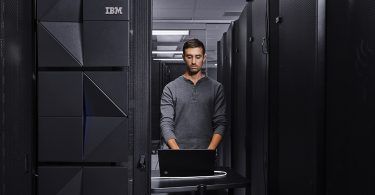The modern mainframe is foundational to strategic banking and finance projects, including API-first...
Mainframe Blog
Bridging the Knowledge & Skills Divide with AI-Powered...
Picture two mainframe professionals at the height of their careers: Rebecca, an application...
New Features Improve Mainframe Observability, Understanding...
The modern mainframe is a key piece of the enterprise IT ecosystem. As I’ve written in the past, to...
2025 Mainframe Survey Key Financial Services Takeaways
Trust is the heartbeat of banking, financial services, and insurance firms. Customers trust that...
State of the Mainframe in 2025
In 2006, I had the privilege of working closely with my former colleague, Mike Moser, on...
When AI Lets the Mainframe Talk Back
What if the most powerful system in your enterprise stack—the mainframe—could finally speak for...
Mainframe Optimization Made Smarter: AIOps + DataOps with BMC AMI
Today’s mainframe teams face a perfect storm of mounting complexity, rising cost pressures, and a...
How Conversational and Contextual AI Power Mainframe...
The hum of critical systems never sleeps. Somewhere, a mainframe operator stares at a spike in CPU...








